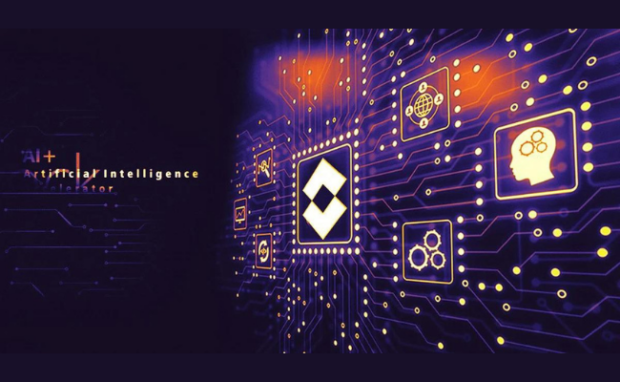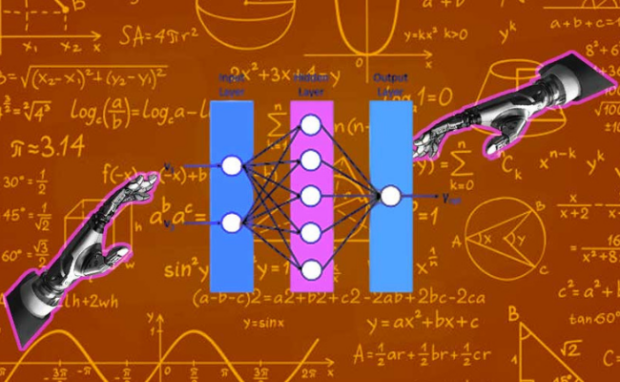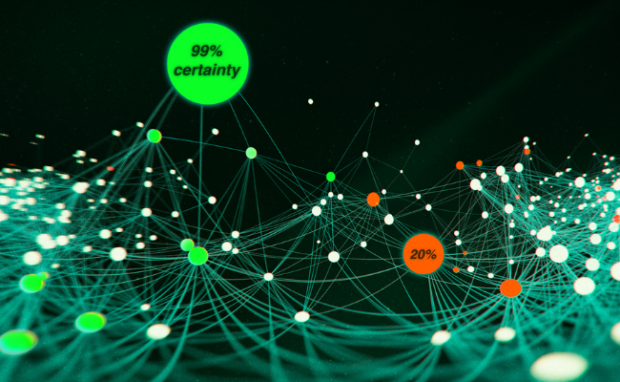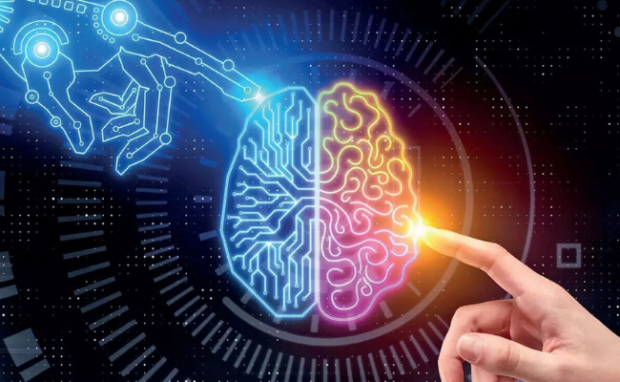Exploring OpenAI Embeddings: How They Work and Their Impact on AI
Have you ever wondered how ChatGPT generates text as if it were human? OpenAI embeddings allow the platform to determine the relationship between words. As a result, it can figure out which words relate to your query and use them to produce results. That is why embeddings are a vital part of AI chatbots.
They enable AI bots to “understand” user queries so that OpenAI embeddings can make or break them. More individuals and companies worldwide are creating new AI chatbots with embeddings. That is why we must understand how they function. Consequently, we could create better ones and fix potential problems they may bring.
This article will explain how OpenAI embeddings work in layperson’s terms. Then, I will cover their benefits and other real-world applications. Later, I will show their flaws and how we might solve them so that AI may serve humanity better.
Understanding the basics of OpenAI embeddings

Photo Credit: technologynetworks.com
Let us see how Microsoft defines OpenAI embeddings in its Azure website. That would provide the adequate groundwork to understand the simpler explanation later.
“An embedding is a special format of data representation that can be easily utilized by machine learning models and algorithms. The embedding is an information-dense representation of the semantic meaning of a piece of text.”
ChatGPT works thanks to the large language model GPT-4. It contains a massive database of words that it classifies into numerous categories.
For example, let us say GPT-4 contains the words “polar bear” and “penguin.” Both would belong in the “arctic animals” group, but the former is a “mammal” while the latter is a “bird.”
Whenever you input the words “polar bear” and “penguin,” ChatGPT will know what they are based on those categories. However, its real-life scale makes this classification scheme more complicated.
It contains millions of words that fit into millions of categories, many overlapping. That is why programmers chart them in a 3D graph to plot their relationships with each other.
OpenAI embeddings measure the “relatedness of text strings.” Since ChatGPT has numerous use cases, embeddings are highly versatile. Here are their usual functions:
- Search: Embeddings rank queries by relevance.
- Clustering: Embeddings group text strings by similarity.
- Recommendations: OpenAI embeddings recommend related text strings.
- Anomaly detection: Embeddings identify words with minimal relatedness.
- Diversity measurement: Embeddings analyze how similarities spread among multiple words.
- Classification: OpenAI embeddings classify text strings by their most similar label.
Benefits of OpenAI embeddings in AI development

Photo Credit: flir.com
Embeddings are important in helping artificial intelligence make sense of words and user requests. They allow ChatGPT to arrange the proper words to produce desired results.
For example, Bing uses GPT-4 to implement Conversation Styles. It knows which words count as casual or professional, so it can string together sentences that fit both tones.
Moreover, OpenAI embeddings help ChatGPT organize the multiple languages in its system. Nowadays, GPT-4 enables the bot to understand 26 languages.
Each language has thousands of words that have similar meanings. Without the proper embeddings, ChatGPT would struggle to provide meaningful answers to users.
You may also like: The Top 10 Applications Of ChatGPT In Daily Life
People have been using ChatGPT to predict various phenomena. For example, researchers found it can determine stock price trends by analyzing news reports.
It checks the headlines to understand how stocks were performing on specific days. It understands words that likely mean price increases, such as “booming” or “skyrocketing.”
Then, it can recognize patterns from these data to create somewhat accurate predictions of stock price movements. ChatGPT can do that in minutes, thanks to OpenAI embeddings!
Real-world applications of OpenAI embeddings

Photo Credit: analyticsinsight.net
You do not need to rely on ChatGPT to see how OpenAI embeddings help daily life. Other gadgets and apps have used similar technology to see embeddings in action.
For example, Google Translate organizes various languages with embeddings on a 3D vector grid similar to ChatGPT. It connects your words to their equivalent in a different language by analyzing their relatedness.
Nowadays, ChatGPT can recognize images thanks to GPT-4. It uses a different technology to divide images into different objects, but OpenAI embeddings help make sense of them.
That is why it can provide four descriptions of one image. It can connect relevant words and string them together into four coherent sentences.
Embeddings work similarly for speech recognition. Another technology matches your voice waves with various sounds, then OpenAI embeddings link them to the right words. As a result, plugins let you use ChatGPT as if it were Siri or Alexa.
Limitations and challenges of OpenAI embeddings

Photo Credit: news.mit.edu
OpenAI embeddings are amazing, but they are also difficult to handle. They allow ChatGPT to understand user prompts, so it may sometimes show bias.
For example, a 2019 study from Harvard Business Review found that AI-enabled recruitment tools had a negative bias against African-American applicants.
The problem likely stemmed from how the developers trained the AI. They trained it on samples of what a good applicant was like. Unfortunately, those samples may have contained racist examples.
As a result, the embeddings had that “anti-Black” bias programmed into the system. Once it is in, it is difficult for the AI bot to “unlearn” that bias. OpenAI embeddings may also struggle with handling rare words.
For example, it may confuse the different meanings of the word “tomahawk.” It refers to the Native American axe used by ancient tribes. On the other hand, it refers to a specific cut of steak. If you ask for a “tomahawk chop,” it may think you want a tomahawk axe hacking an object instead of a tasty meal.
Future of OpenAI embeddings

Photo Credit: medium.com
OpenAI continues its research into artificial intelligence. That is why we can expect further improvements to embeddings. After all, better large language models would likely need them.
As computers become more powerful, these embeddings would likely become more efficient. As a result, creating AI personal assistants would likely become more affordable and convenient.
You may also like: Earn $20,000 From The ChatGPT Bug Bounty Program
More importantly, advanced OpenAI embeddings would open more real-world applications for artificial intelligence. Perhaps they would lead us closer to creating artificial general intelligence (AGI).
It is an artificial intelligence that can think and learn like humans. In other words, we could turn machines that can think and feel into reality. However, we would likely attain something much greater for AI development.
Improved embeddings allow better communication among people. AI would become more sensitive and attentive to our beliefs and motivations. As a result, it would become a more powerful force of good for the world.
Conclusion
OpenAI embeddings enable ChatGPT to understand user prompts. It connects words to corresponding meanings to string them together into coherent results.
They have numerous applications for online searches, voice recognition, and others. As artificial intelligence advances, it will likely do more for humanity.
However, it can only serve you if you understand how to control it. Learn more about AI and the other technologies that shape daily life at Inquirer Tech.
Frequently asked questions about OpenAI embeddings
How do OpenAI embeddings work?
OpenAI embeddings organize its database’s numerous words, languages, and meanings. Enter a request, and they will search for relevant words and meanings. Then, it would filter out similar yet irrelevant words and organize them based on the request’s context. As a result, ChatGPT can provide results in seconds.
Do I need to know OpenAi embeddings to use ChatGPT?
You need not know OpenAI embeddings to use ChatGPT for most tasks. Yet, these models allow non-techie users to use the chatbot conveniently. However, you must understand how they work if you want to create an AI chatbot. Nowadays, most people use OpenAI embeddings to create new chatbots, so you would likely do the same.
How do OpenAI embeddings measure the relatedness of words?
OpenAI embeddings represent the relationship between words and meanings with a 3D grid. As a result, it enables programmers to visualize how these relationships work. Also, OpenAI uses Cosine Similarity to provide more accurate measurements of relatedness. Visit the OpenAI and Microsoft Azure websites to understand its complicated mathematical equation.